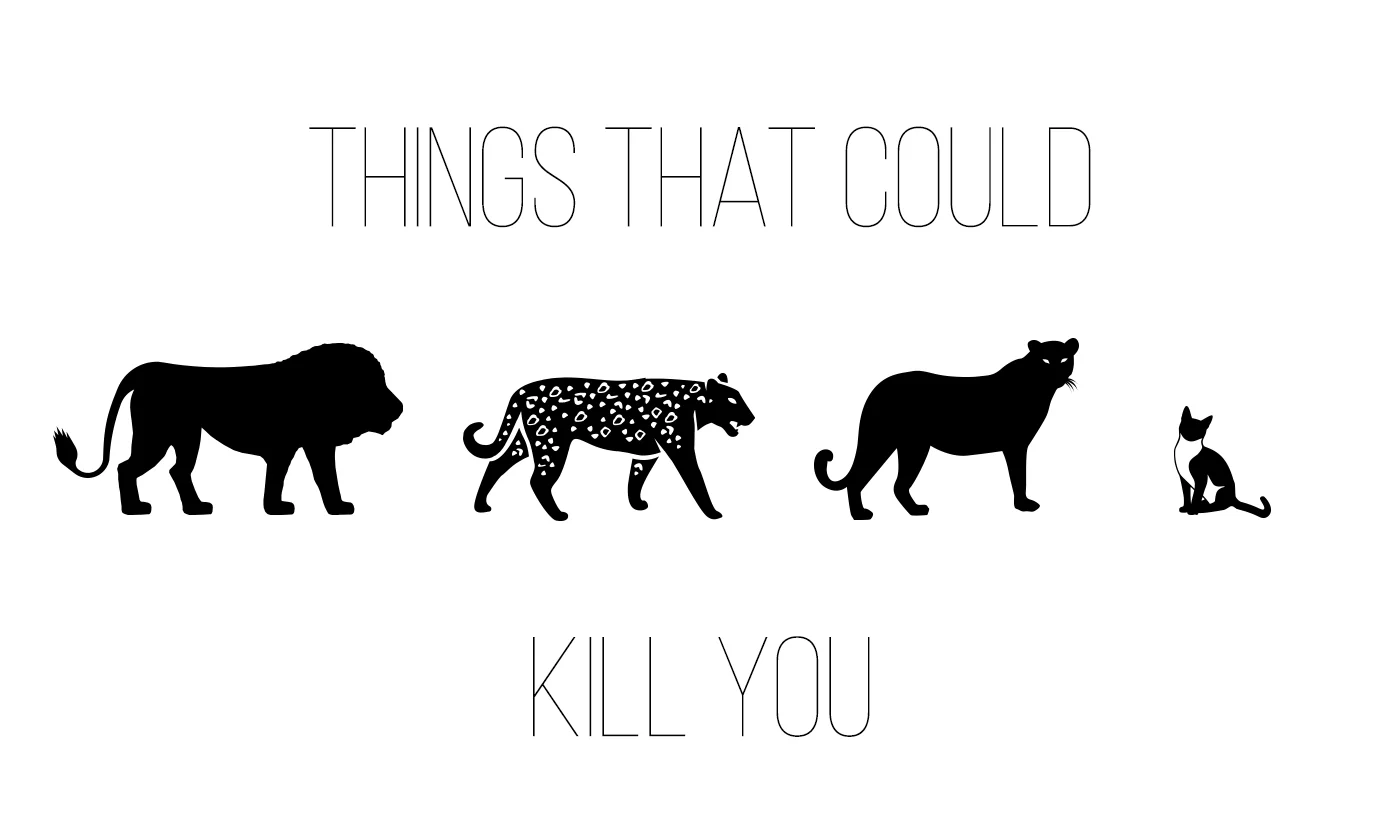The Similarity Bias
Jeremy Lin struggled to get the recognition that he deserved early on in his NBA career.
He was passed over by two teams before joining the New York Nicks in the 2011-12 season.
Played sparingly, Lin stunned players and fans alike when he led a dramatic turnaround performance for his team in February 2012 that resulted in a media fuelled period of ‘Linsanity’.
Why had it taken so long for him to garner attention? And when he got it why was it so big?
For the simple reason that he didn't look like a typical NBA star.
He was relatively ‘short’ as a competitor (at 6 feet and 3 inches) and Asian. Lin was overlooked at earlier points in his career simply because he didn't fit the stereotype.
His physical attributes meant that he failed to match the preconceived mental picture of what a star basketball player should look like - his coaches and the fans had succumbed to the ‘similarity bias.’
This is our tendency to believe things should appear a certain way based on what we’ve seen before.
This is an important time and energy saving strategy. Faced with the challenge of processing the very large amounts of data we are exposed to, the human brain 'shortcuts' 'the effort required by ‘grouping’ similar looking things together.
This ‘pattern spotting’ was a helpful evolutionary survival tool. If a big cat approached that looked similar to the lion that had killed my uncle, it was therefore a strong signal to run away or hide.
In today's world, however, it often leads us to drawing some false conclusions.






